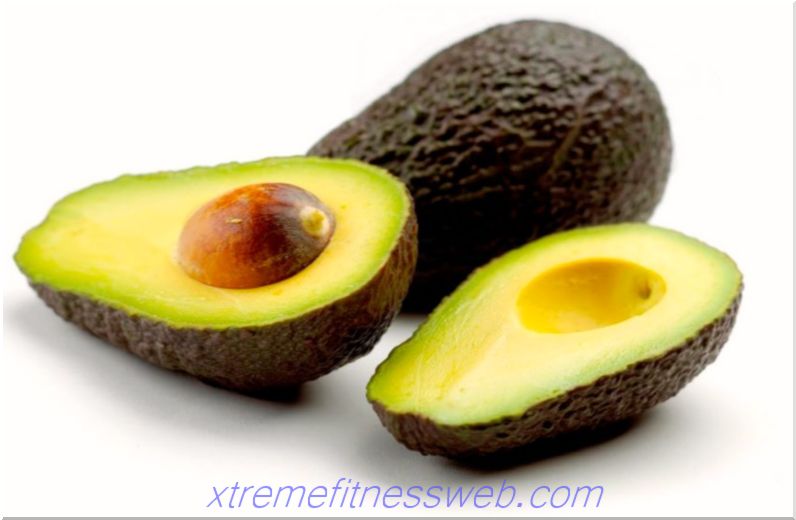- Glycogen - what is it?
- Where does glycogen accumulate?
- How much glycogen is in the muscles?
- Dependence of Fat Burning on Glycogen
- How does glycogen affect muscle building?
- How to replenish glycogen ">
Carbohydrates with a low glycemic index give energy more slowly, which increases the percentage of glycogen formation, instead of fats. You should not focus only on the glycemic index, forgetting about the importance of the amount of carbohydrates consumed.
Glycogen Replenishment After Workout
- Conclusion

The processes of fat burning and muscle growth depend on many factors, including glycogen. How it affects the body and the result of training, what needs to be done to replenish this substance in the body are questions that every athlete should know the answers to.
Content
- 1 Glycogen - what is it "> 2 Where does glycogen accumulate?
- 3 How much glycogen is in the muscles?
- 4 Dependence of fat burning on glycogen
- 5 How does glycogen affect muscle building?
- 6 How to replenish glycogen?
- 7 Glycogen replenishment after exercise
- 8 Conclusion
Glycogen - what is it?
Sources of energy to maintain the functionality of the human body, primarily, are proteins, fats and carbohydrates. It takes a certain amount of time to break down the first two macronutrients, therefore they are referred to as the “slow” form of energy, and carbohydrates that are broken down almost immediately are “fast”.
The speed of carbohydrate absorption is due to the fact that it is used in the form of glucose. It is stored in the tissues of the human body in a bound rather than pure form. This avoids an overabundance that can provoke the development of diabetes. Glycogen is the main form in which glucose is stored.
Where does glycogen accumulate?
The total amount of glycogen in the body is 200-300 grams. About 100-120 grams of the substance accumulates in the liver, the rest is stored in the muscles and makes up a maximum of 1% of the total mass of these tissues.
Glycogen from the liver covers the body’s overall need for energy from glucose. Its muscle reserves go to local consumption, are expended when performing strength training.
How much glycogen is in the muscles?
Glycogen accumulates in the surrounding muscle nutrient fluid (sarcoplasm). Muscle building is largely due to the volume of the sarcoplasm. The higher it is, the more fluid is absorbed by muscle fibers.
An increase in sarcoplasm occurs with active physical activity. With increasing demand for glucose, which goes to muscle growth, the volume of reserve storage for glycogen also increases. Its size remains unchanged if a person does not train.
Dependence of Fat Burning on Glycogen
For an hour of physical aerobic and anaerobic exercise, the body requires about 100-150 grams of glycogen. When the available reserves of this substance are exhausted, a sequence enters into reaction, involving the destruction of muscle fibers, and then adipose tissue.
To get rid of excess fat, it is most effective to train after a long break since the last meal, when glycogen stores are depleted, for example, on an empty stomach in the morning. You need to train for weight loss at an average pace.
How does glycogen affect muscle building?
The success of strength training for muscle growth directly depends on the availability of a sufficient amount of glycogen both for exercise and for the restoration of its reserves after. If this condition is not met, during training the muscles do not grow, but are burned.
Eating up before going to the gym is also not recommended. The intervals between meals and strength training should gradually increase. This allows the body to learn how to more efficiently manage available reserves. Interval fasting is based on this.

How to replenish glycogen ">
Carbohydrates with a low glycemic index give energy more slowly, which increases the percentage of glycogen formation, instead of fats. You should not focus only on the glycemic index, forgetting about the importance of the amount of carbohydrates consumed.
Glycogen Replenishment After Workout
The “carbohydrate window” that opens after training is considered the best time to take carbohydrates in order to replenish glycogen stores and trigger the muscle growth mechanism. In this process, carbohydrates play a more significant role than proteins. As recent studies have shown, nutrition after training is more important than before.
Conclusion
Glycogen is the main form of storage of glucose, the amount of which in the body of an adult varies from 200 to 300 grams. Strength training, performed without enough glycogen in the muscle fibers, leads to the burning of muscles.







